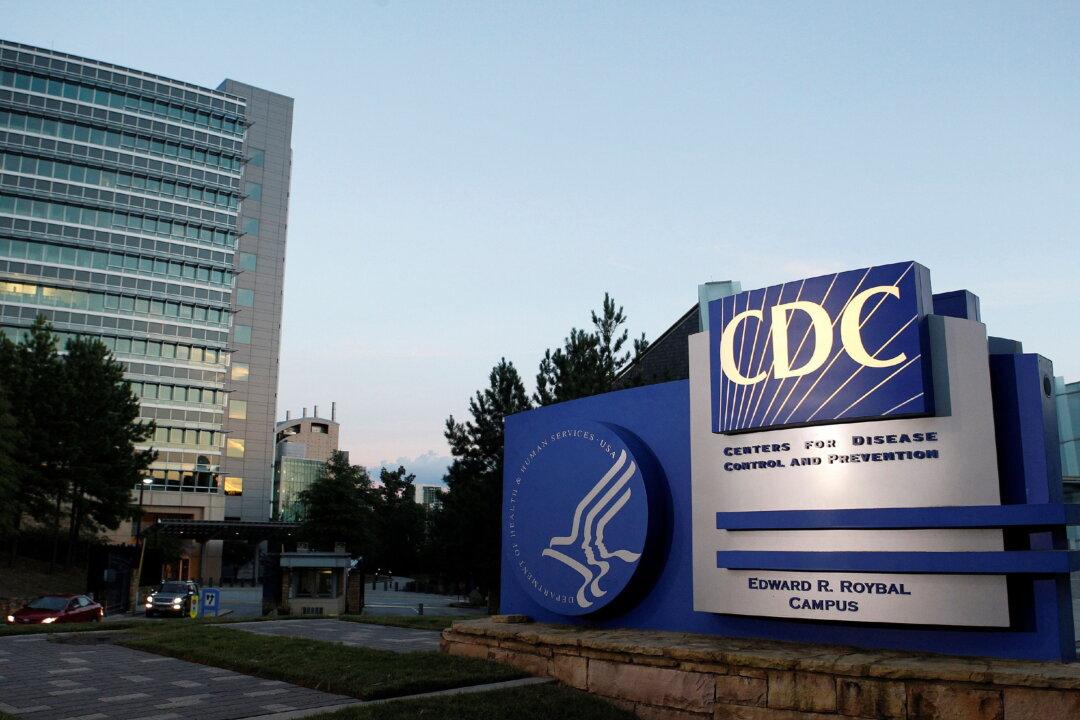News Analysis
Unlike other vaccines, influenza shots are administered yearly, yet offer generally lower protection than most routinely recommended vaccines, from as low as 10 percent to as high as 60 percent. This season’s flu jab was only 16 percent effective, according to the Centers for Disease Control and Prevention (CDC).






